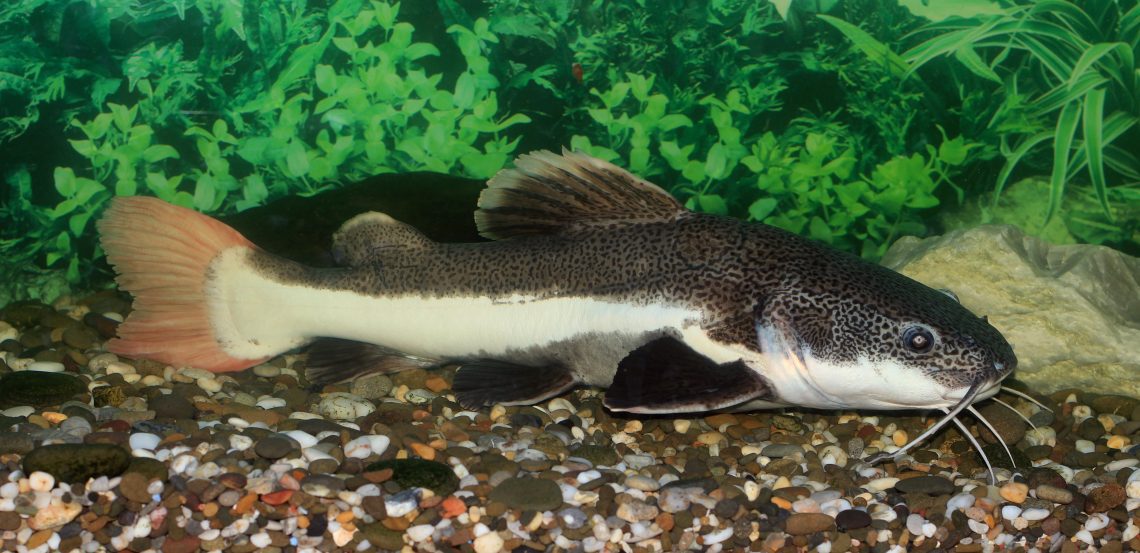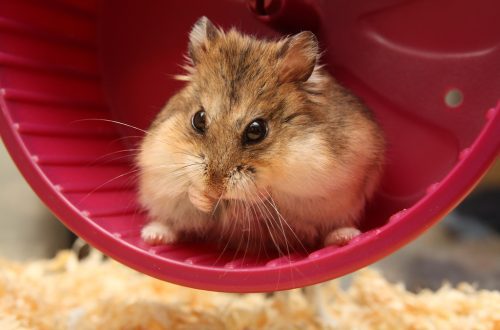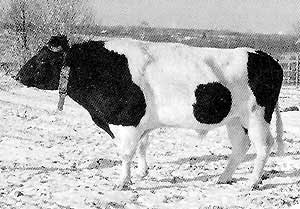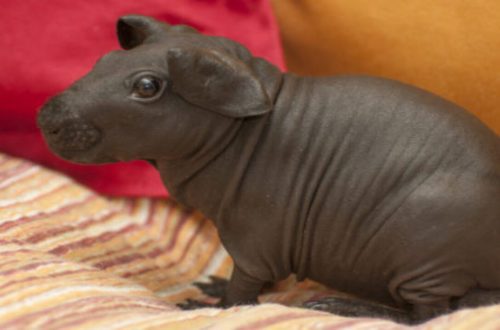
Liab-tailed catfish - Orinok inhabitants ntawm ntau lub thoob dej yug ntses
Red-tailed catfish is one of the names of the fish of the Pimelod family, the main habitat of which is the river expanses of South America. The article will focus on this particular fish, which gets along well in large aquariums. You can also hear such names of this fish:
- Fractocephalus.
- Orinoco catfish.
- Pirarara.
Cov neeg laus loj exceed the meter mark. Especially often such specimens are found in natural conditions. Its appearance is quite common for representatives of this family: an elongated body is crowned with a flat-shaped head. Therefore, it is sometimes called flat-headed. Nature has awarded the red-tailed catfish with mustaches in the amount of three pairs. Two of which are located on the lower jaw region and the third on the upper. The mustache is usually of impressive length. And the bottom pairs are somewhat longer.
Appearance, living conditions and care
The Orinoco catfish has a bright coloration: a contrast of black and white combined with shades of red in the fin part of the tail. As a rule, white is the abdominal part, and dark is the upper part. Moreover, the “color palette” of the catfish changes as it grows, becomes more saturated, bright. It makes it attractive to aquarists, and in natural habitats for larger fish. He is most active at night, this is how his predatory nature manifests itself. As a rule, catfish leads a sedentary lifestyle. In open water, catfish feel most comfortable in deep places.
Those who still want to get such a fish in their aquarium it is worth considering a number of nuances:
- Breeding catfish in captivity requires large containers. Moreover, the Orinoco catfish grows quite quickly. The volume of the aquarium, suitable for a young individual, is completely unacceptable for an adult.
- Lighting should be dim.
- In terms of using design elements in an aquarium, it is not recommended to use small objects, and fix all the rest well. You can try to use plants for the above purposes, but also with caution. They should be protected from possible digging.
It is better to give preference to large-sized species. Such restrictions are associated with the size of the catfish and its capabilities. The red tail has the power of movement of such strength that it can lead to destruction. There are cases of breaking the glass of the aquarium, as well as ingestion of foreign objects by the catfish. For soil, coarse gravel can be used. As for the temperature regime, it varies between 20 °C – 26 °C. Also, one of the living conditions of the red-tailed catfish in captivity is clean water. For this purpose, constant filtration of water or its replacement, at least partially, should be carried out.
noj
Yes, the red-tailed, still that lover of food. But, at the same time, he is not a gourmet. It feeds on fish, various kinds of plankton, and in an aquarium – meat, fish and dry food. Therefore, red-tailed catfish is not suitable for joint rearing with representatives of smaller fish. It would be inappropriate and pointless. The redtail just uses them as a meal. But individuals of large sizes, exceeding the size of the catfish itself, get along well with it.
Speaking of feeding frequency, young give food daily, with a gradual transition to the period of adulthood. By the way, it is desirable that for this procedure in the aquarium there was a place directly allocated for these needs, free from various objects and vegetation. Do not forget that overfeeding is not good, and can adversely affect the condition of the fish. You can add one or more catfish to it.
Life and reproduction in captivity
And so, the handsome Orinok immediately gets used to, adapts to the conditions in captivity and feels quite good in them, easily tamed. Remarkably makes contact with a person, takes food from his hands, swims up to the call, is given to stroke. The red-tail usually chooses its hiding place among the decor. Can hide in bottom coverings.
But reproduction in captivity of red-tailed catfish is very rare. Usually representatives of this family are imported from Asian countries, which are their natural habitat.
The red-tailed will adorn any public aquarium, the so-called oceanarium. This fish gives visitors the opportunity to admire their appearance and habits. Take it easy on photography, but can’t stand bright light. Therefore, the use of flash is not recommended. Catfish can get scared and freeze in one position. It may be that the quality of the pictures is not very good, but with a lot of angles for shooting. But do not forget that its breeding is a complex, problematic and very time-consuming process.
Also, red-tailed catfish has valuable meat, a very unusual taste of which will delight lovers of exotic dishes. In native places, it is even specially bred for direct consumption. Specialized farms are engaged in this.





